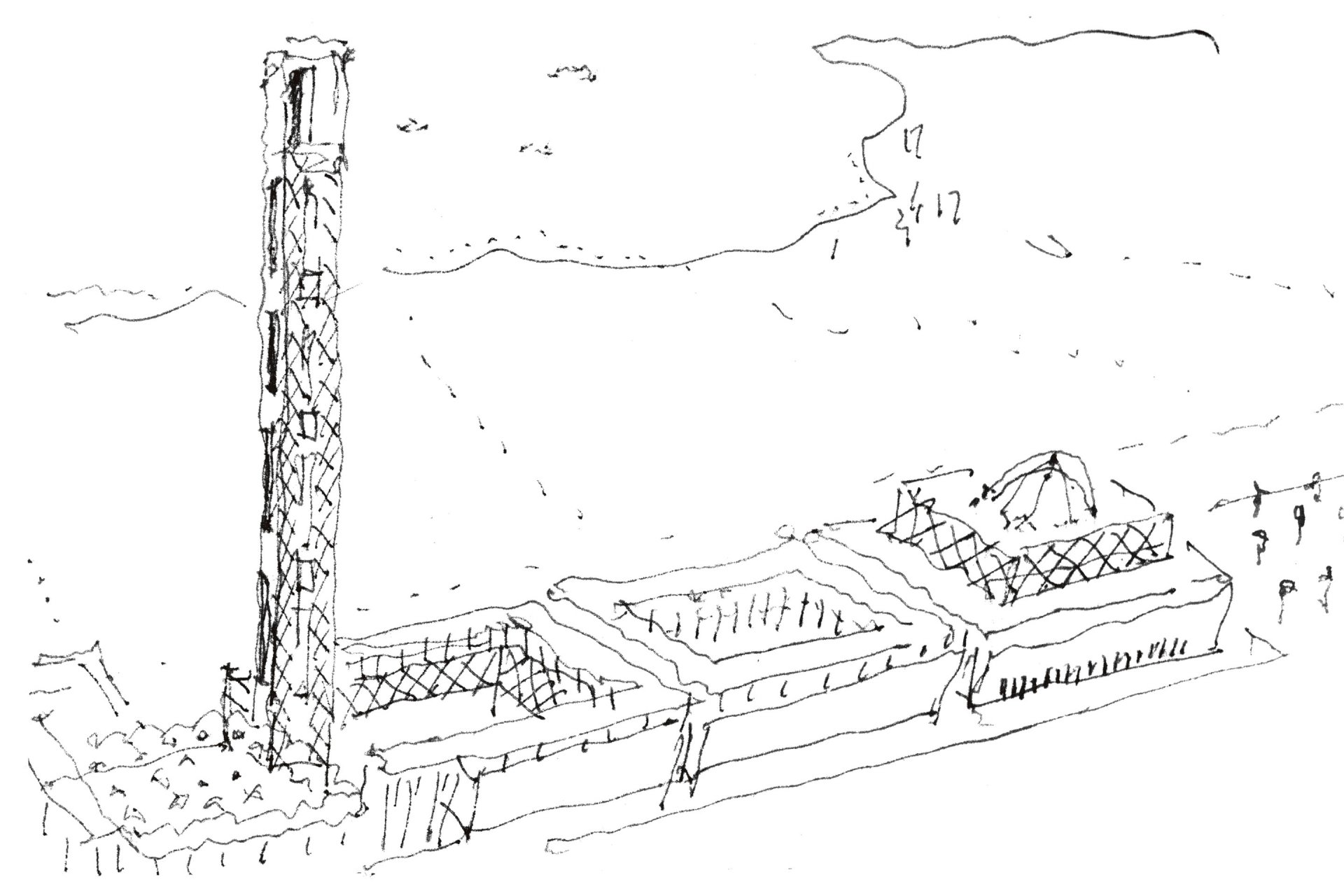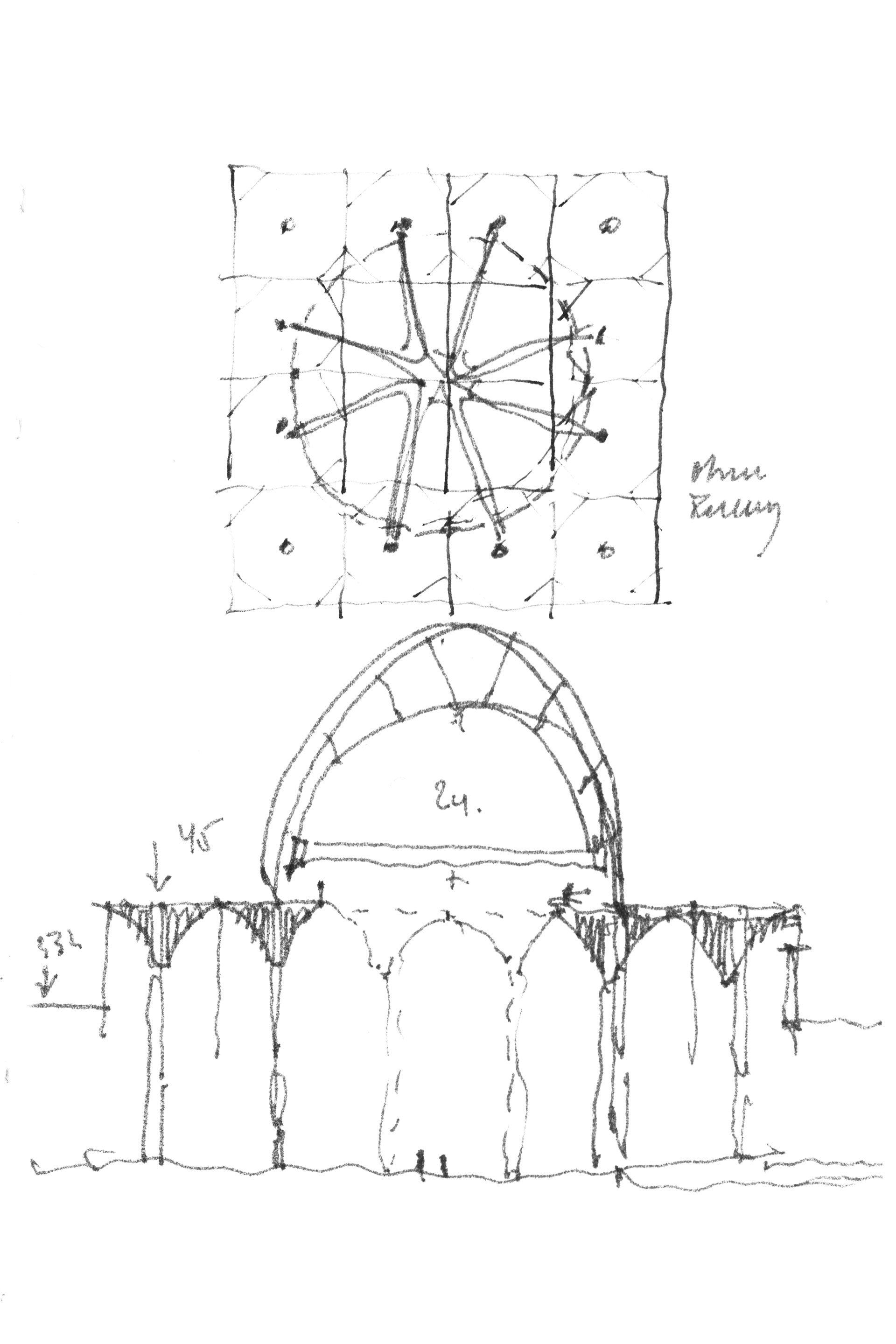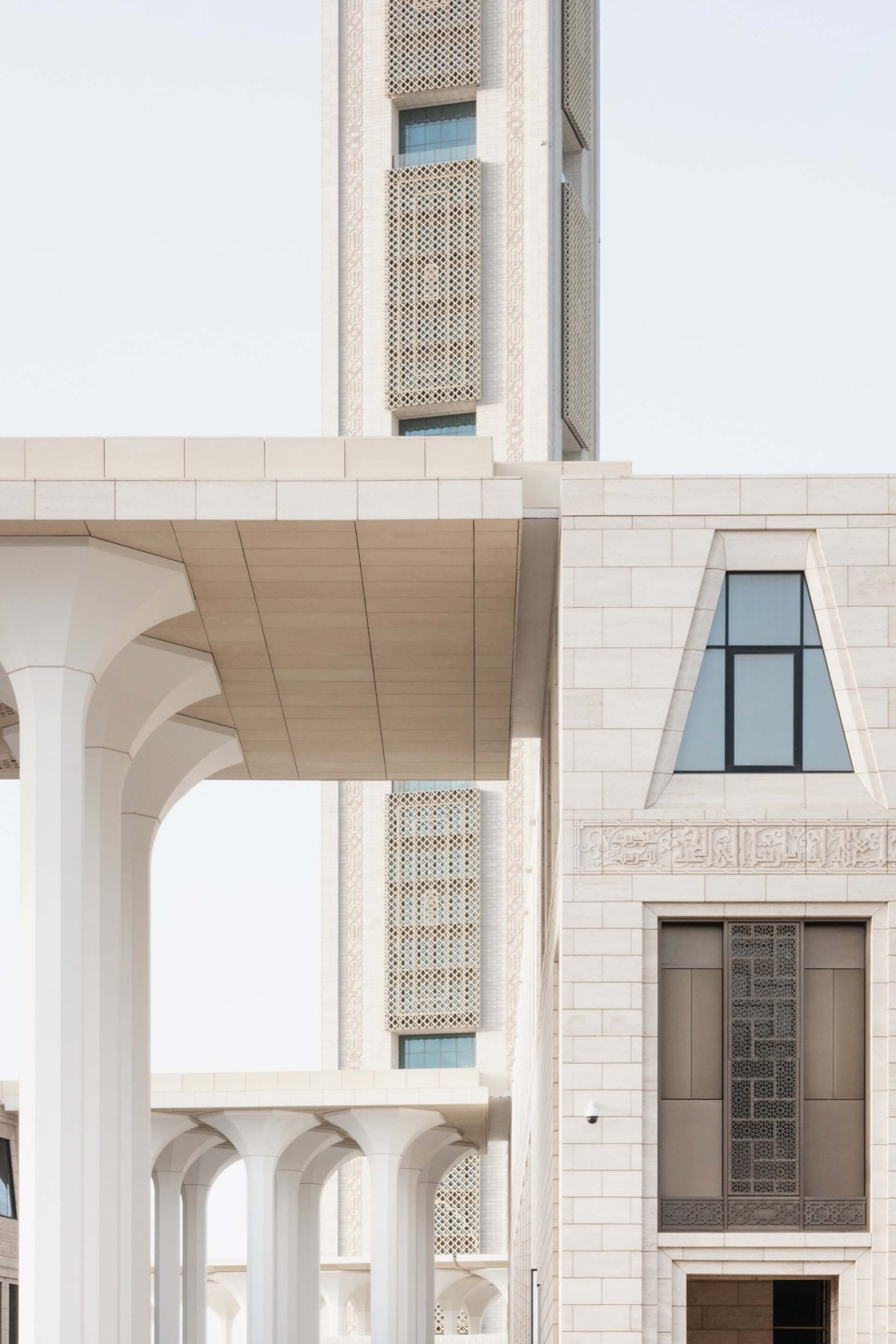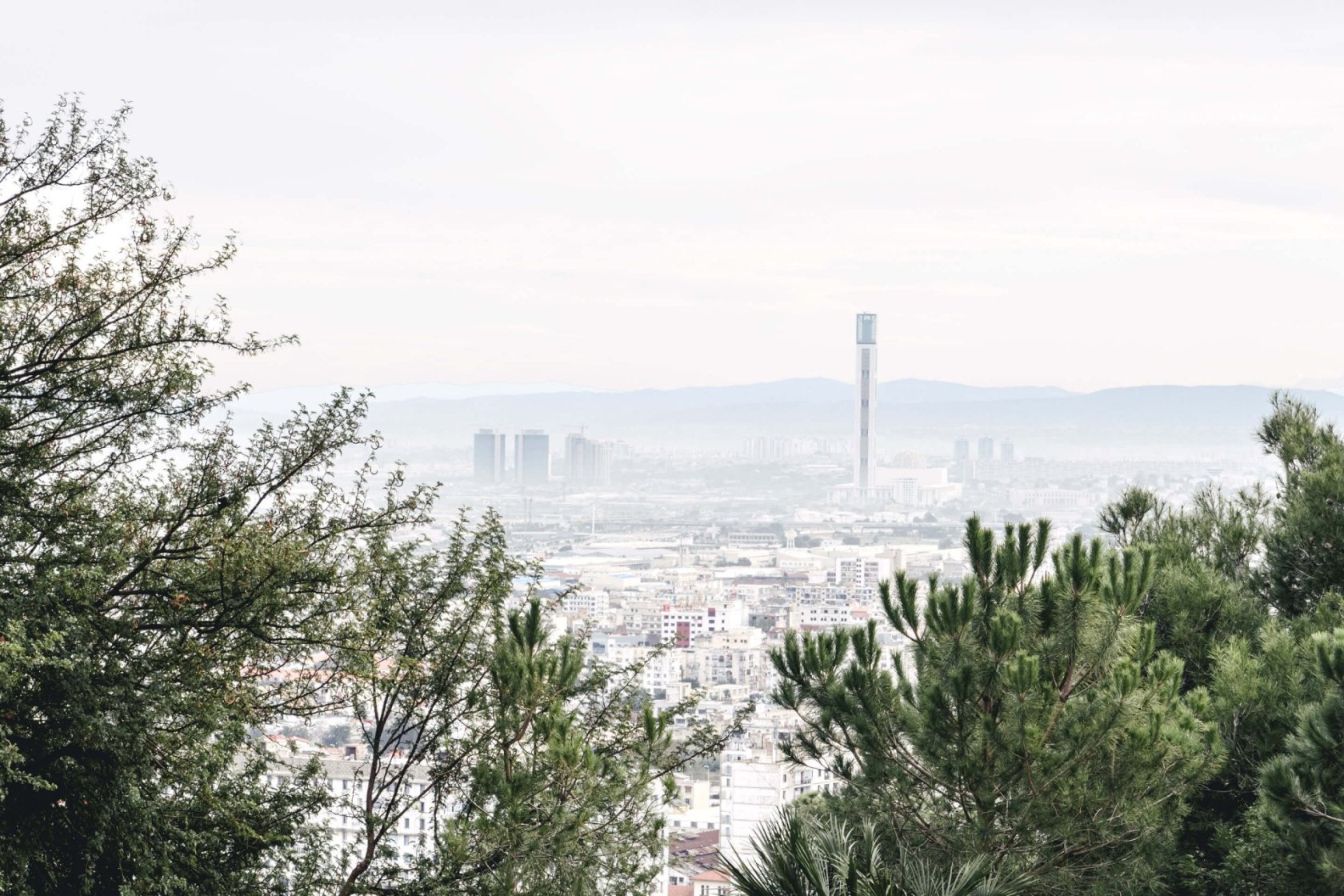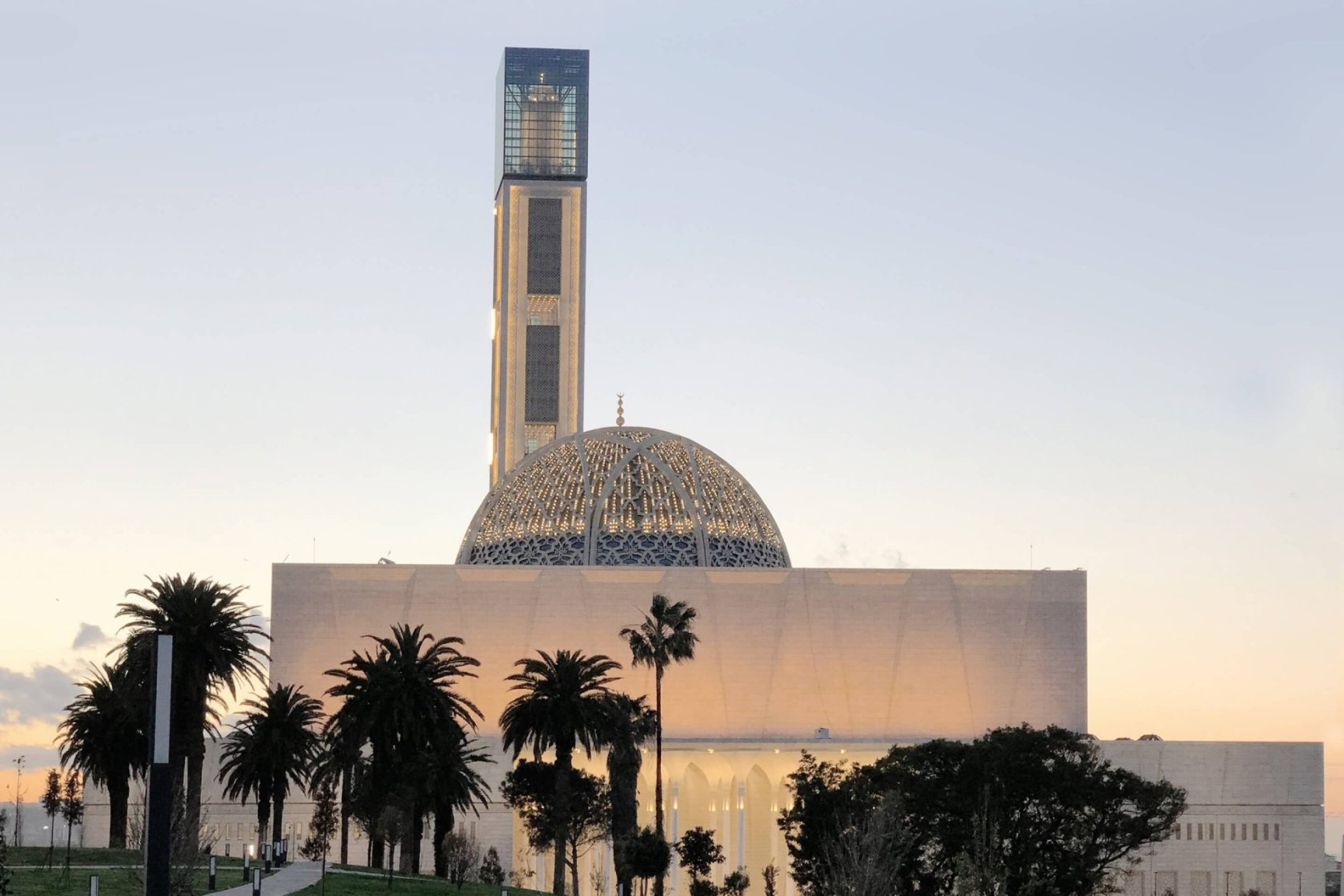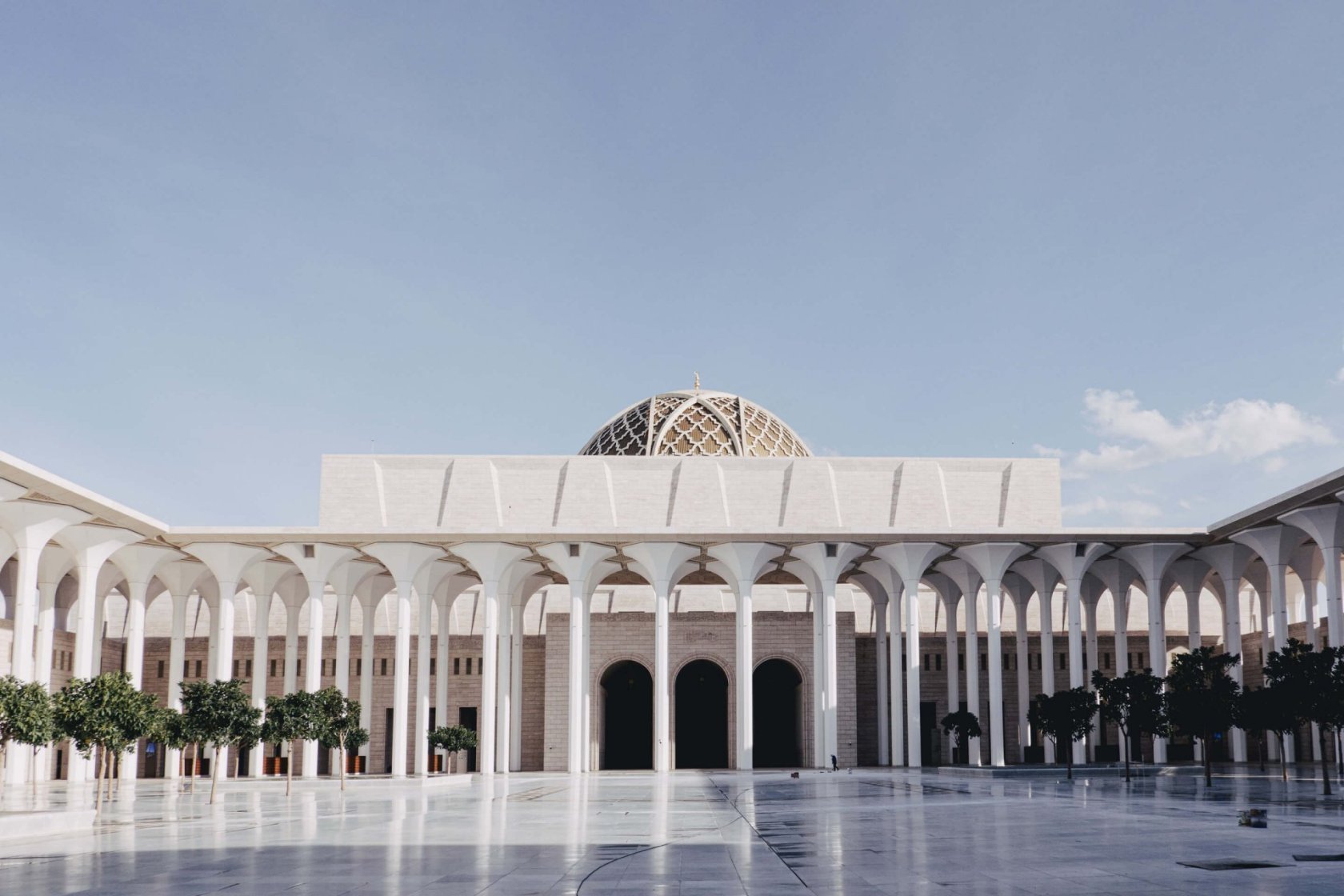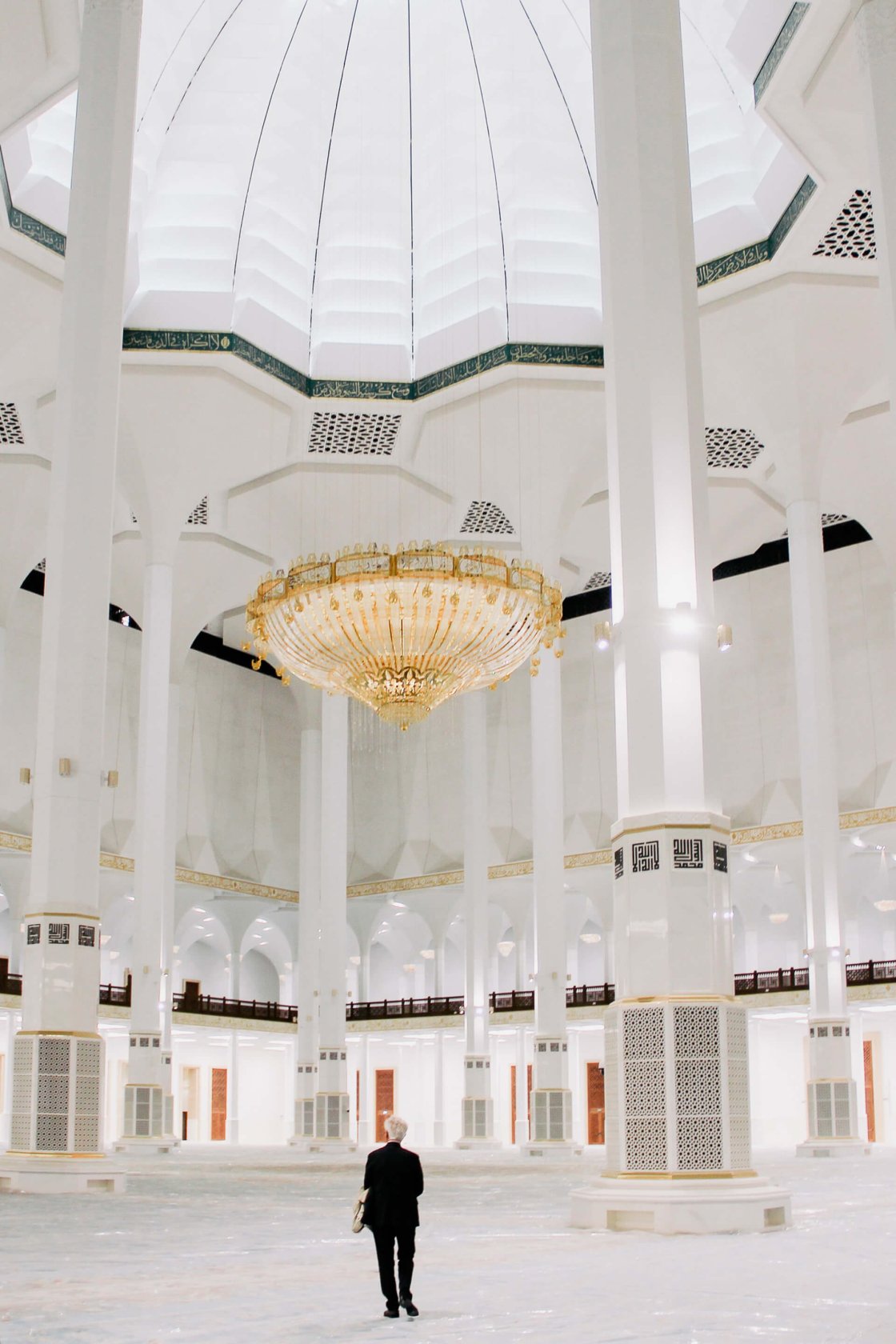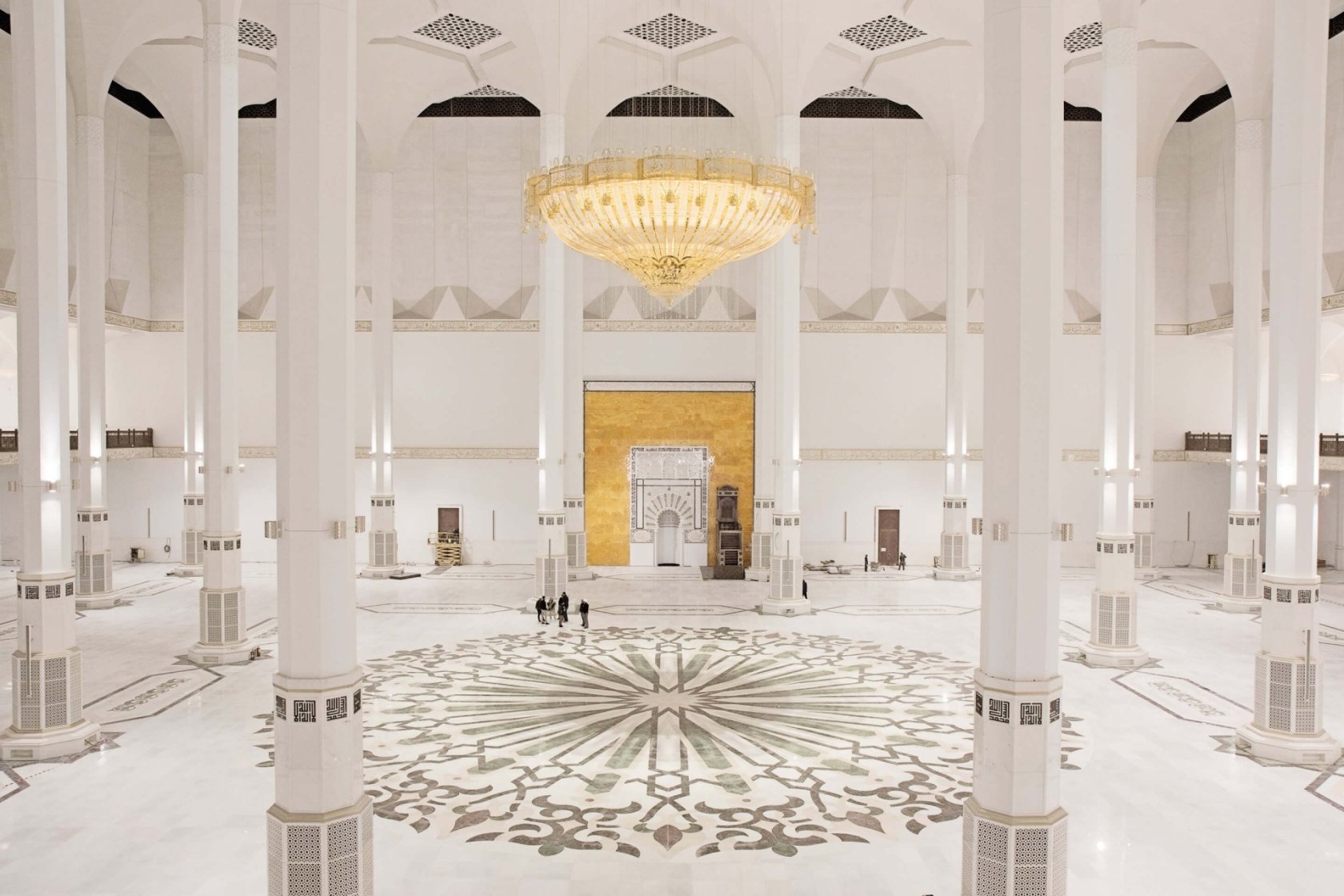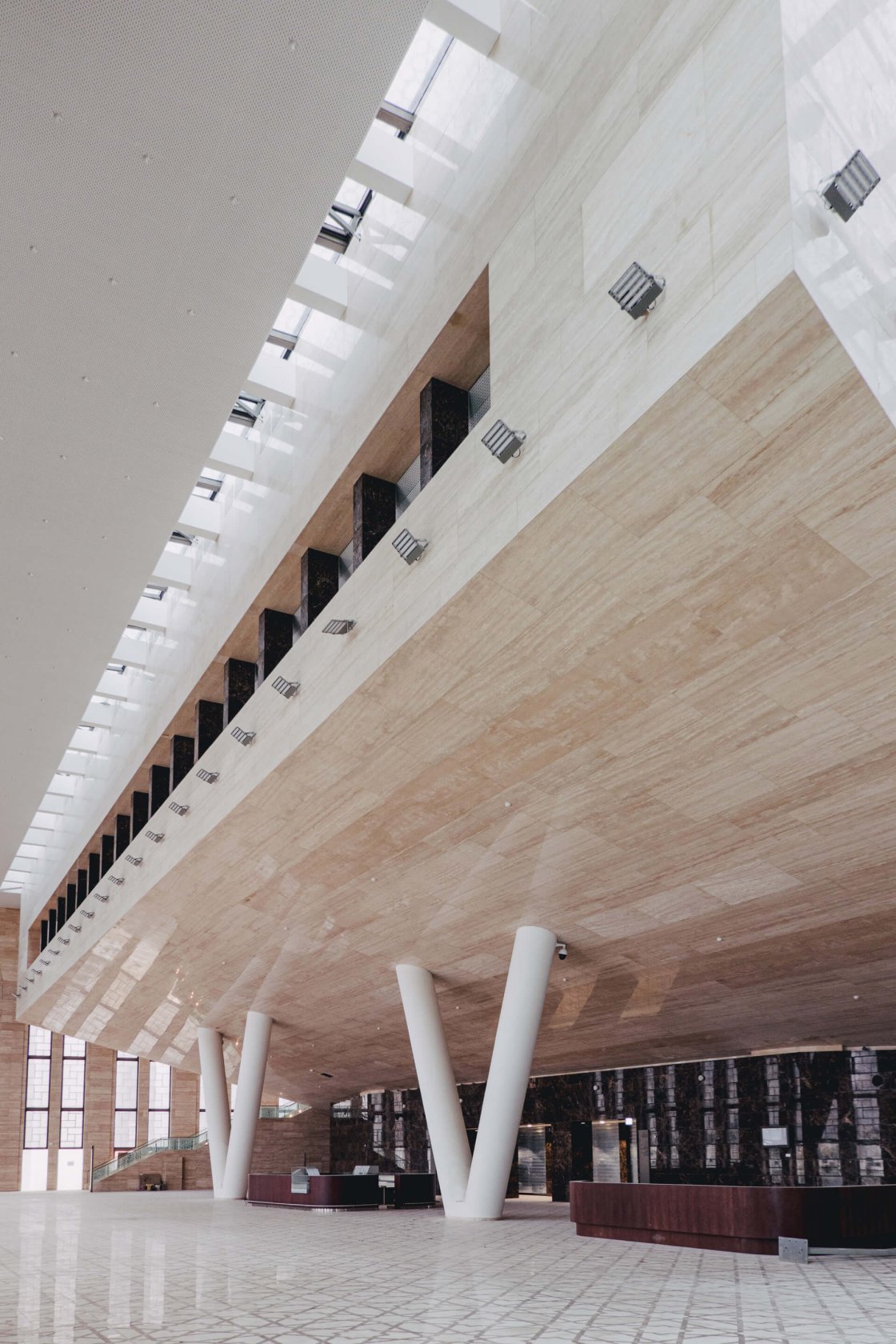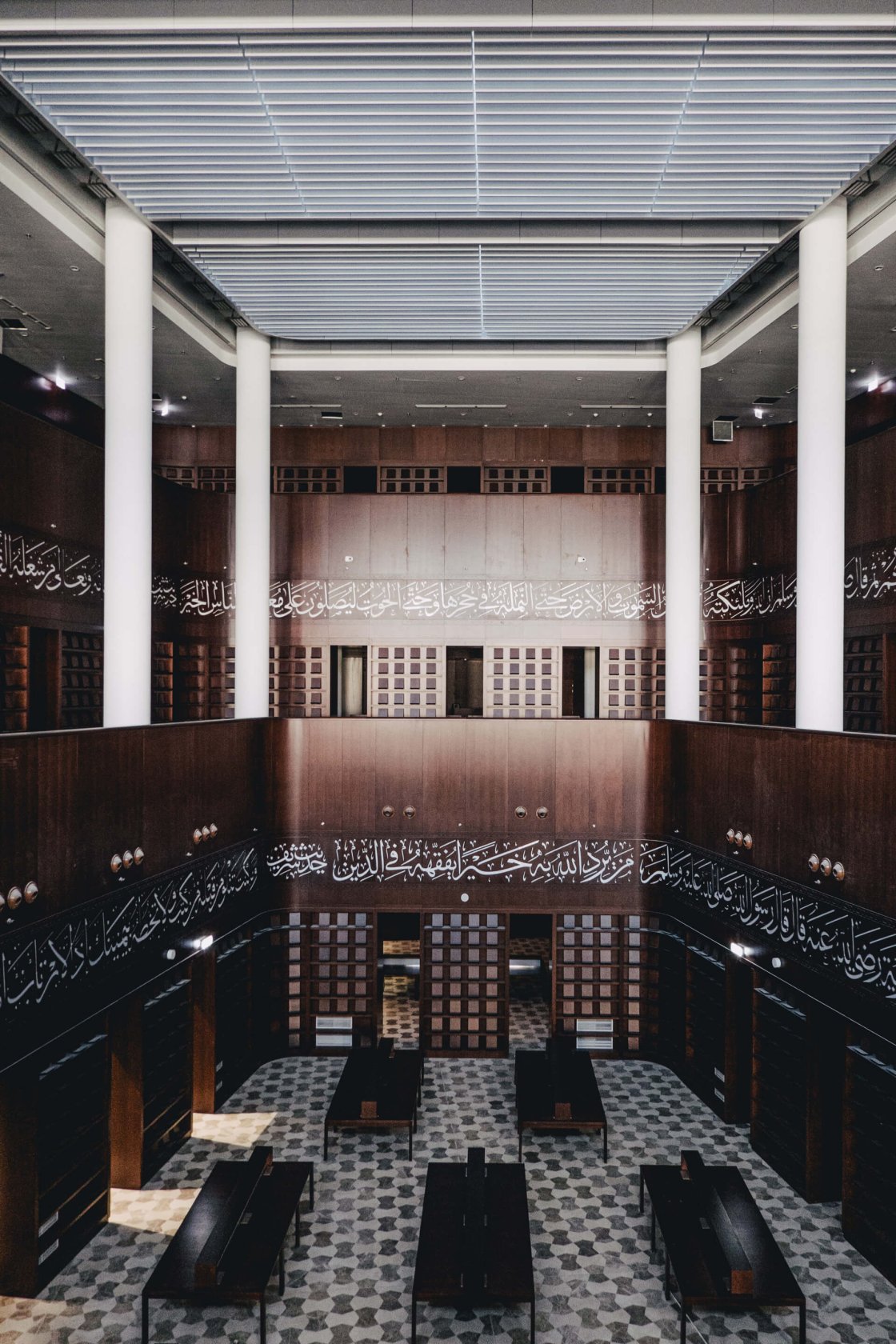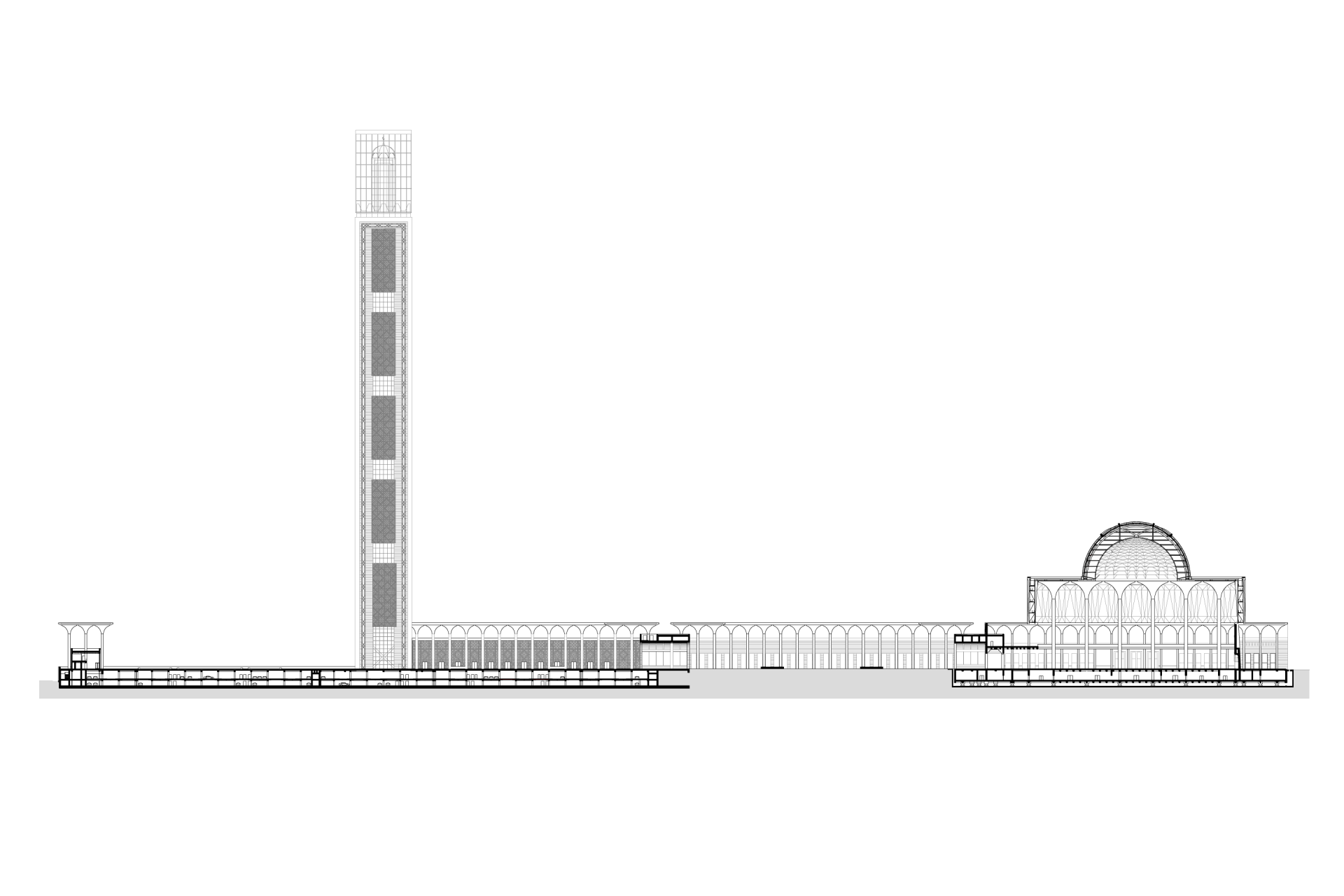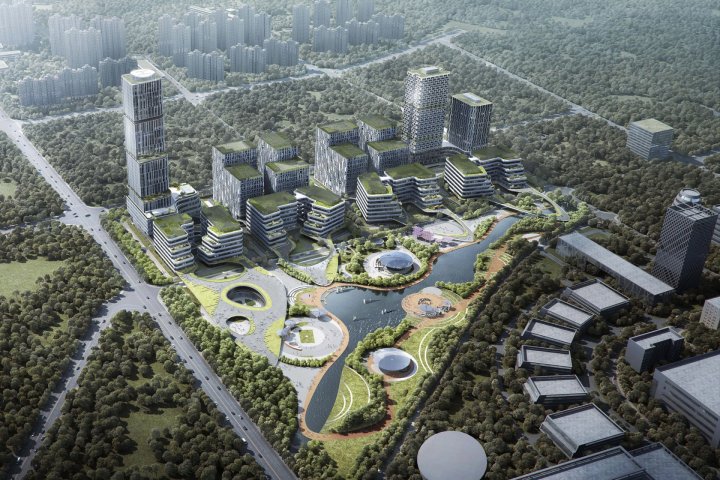Great Mosque, Algiers
How do you build a mosque in the 21st century?
In the Bay of Algiers, a fascinating religious space has taken shape: the world’s third biggest mosque after Mecca and Medina. Its creation was a combined effort by architects, engineers, and construction workers from three different cultural spheres – Europe, Africa and China.
With this mosque, we reinterpreted the columned hall, a style of building that is widespread in the Maghreb, and as an ingenious allusion to the local palm trees, the overarching design motif is a floral column that links up all parts of the ensemble of buildings. The large prayer hall with its central dome offers space for up to 35,000 worshippers and is characterized by a “forest” of tightly staggered columns, each 45 meters high. The broad surfaces of their capitals not only provide for spatial-acoustic measures, but also permit good ventilation and drainage of the roof surfaces.
Alongside the prayer hall, the ensemble of buildings also comprises two large front courtyards and a 265-meter-high minaret, making this the highest building in Africa and thus an impressive urban and national landmark.
The complex – rather like the center of a town – includes shops, restaurants, museums and a cinema. The 600-meter-long building, which is oriented towards Mecca, is connected via an extensive park to a conference center to the south, a library and an imam school.
By cannily combining Maghreb tradition and European Modernism to form a coherent whole.
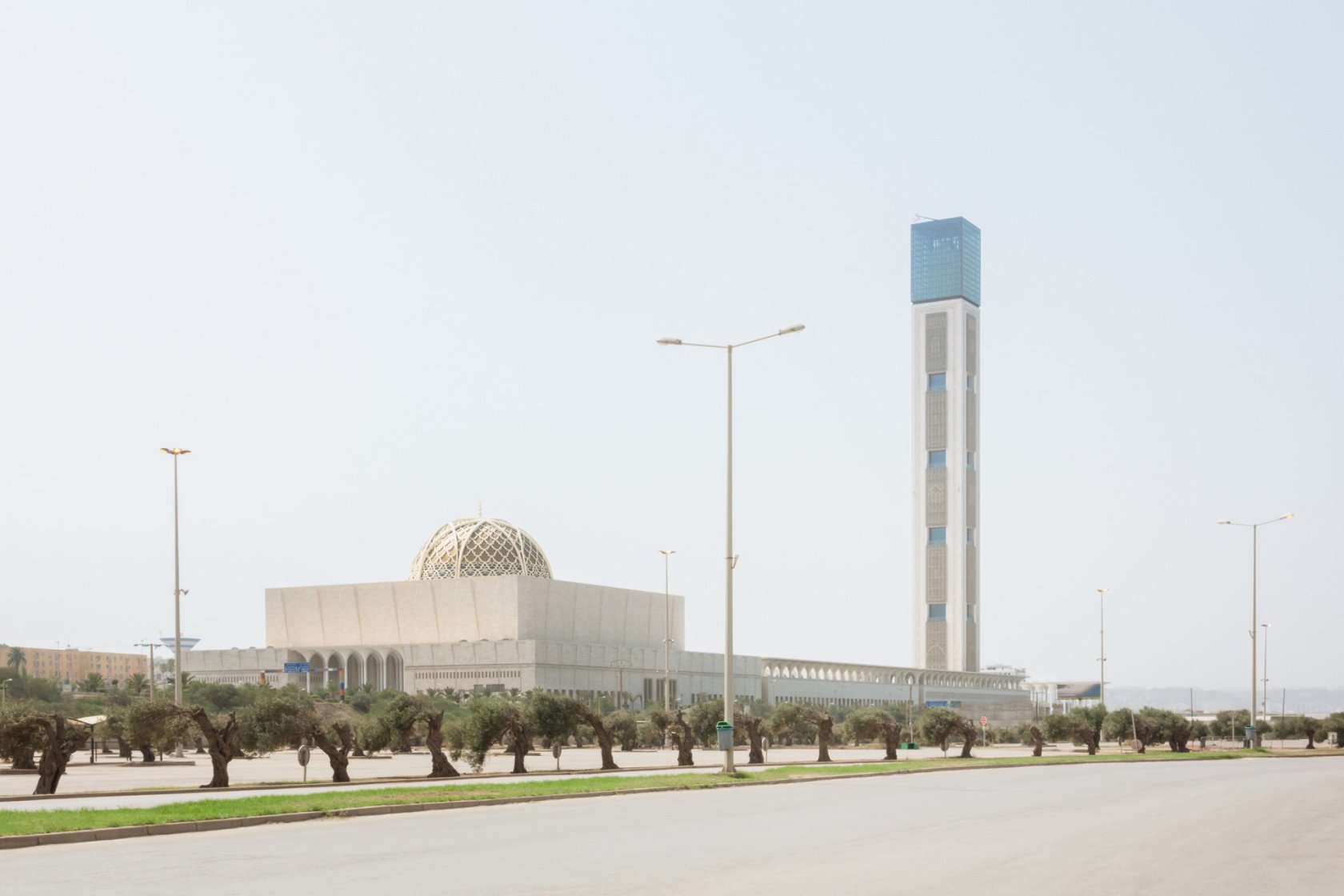
Project: Great Mosque, Algiers
Client: ANARGEMA
GFA: 358,200 m²
GV: 1,768,150 m³
Competition: 01/2008, 1st prize
First stone laying: 11/2011
Completion: 2020
Photos: Schnepp Renou, Zinedine Zebar
Awards: International Architecture Award 2021, National Architecture Award of Algeria 2021, Nomination International High-Rise Award 2022, Ernst&Sohn Engineering Construction Award 2022, ICONIC Award 2023 Winner


“We delved into the culture, into the Maghreb itself, into the religion of Islam and the history of Algiers. It’s important to do that when you’re planning projects in foreign countries.”
The Great Mosque of Algiers pursues a lofty idea of connection: It combines Maghreb tradition with European Modernism. Now boasting 120,000 visitors a day, it is the cultural and religious heart of the city.
